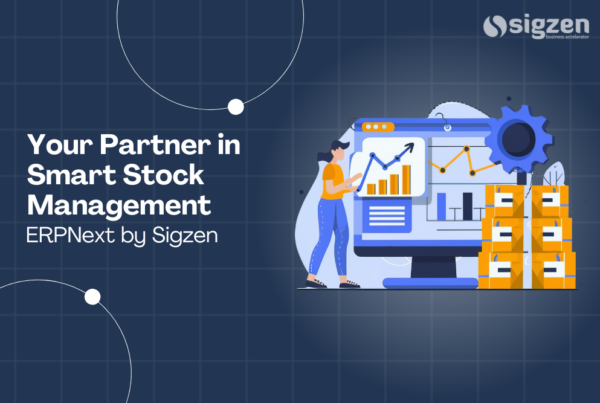
In today’s fast-paced business world, staying competitive and efficient is crucial. The effective management of inventory can make or break a company’s success. That’s where ERPNext Inventory Management steps in, revolutionizing the way businesses handle their inventory. In this article, we’ll explore how ERPNext can transform your business, making it more efficient, streamlined, and ultimately more profitable.
Understanding ERPNext Inventory Management
ERPNext Inventory Management is a comprehensive software solution designed to simplify and automate inventory-related tasks within your organization. It centralizes all inventory processes, from tracking stock levels to order fulfillment, under one user-friendly platform.
Benefits of ERPNext for Inventory Management
So, why should your business consider ERPNext for inventory management? Here are some compelling reasons:
- Efficiency Boost: ERPNext streamlines operations, reducing manual tasks and the risk of errors.
- Cost Savings: With precise inventory data, you can optimize stock levels and minimize overstocking or understocking.
- Enhanced Customer Service: Faster order fulfillment and accurate inventory information lead to happier customers.
- Improved Decision-Making: Real-time analytics help you make data-driven decisions.
Streamlining Inventory Tracking
Tracking inventory manually is not only time-consuming but prone to errors. ERPNext automates this process, providing real-time visibility into your inventory levels. Say goodbye to endless spreadsheets and hello to accurate data at your fingertips.
Optimizing Stock Levels
Maintaining the right amount of stock is a delicate balancing act. ERPNext uses historical data and demand forecasting to help you optimize stock levels. This means you’ll always have the right products on hand, reducing carrying costs and preventing stockouts.
Enhancing Order Fulfillment
ERPNext ensures orders are processed efficiently. It automates order routing, packing, and shipping, reducing fulfillment time and minimizing errors. Your customers will appreciate the quick and accurate service.
Forecasting Demand with Precision
Anticipating customer demand is a critical aspect of inventory management. ERPNext’s powerful forecasting tools analyze past trends and market data to help you predict future demand accurately.
Integrating Inventory with Other Business Functions
Your inventory doesn’t exist in a vacuum. ERPNext seamlessly integrates with other business functions like accounting and sales. This means that inventory data flows effortlessly between departments, improving overall business processes.
Real-Time Reporting and Analytics
Access to real-time data is a game-changer. ERPNext offers robust reporting and analytics tools, allowing you to monitor inventory performance, track trends, and make informed decisions on the spot.
User-Friendly Interface
You don’t need to be a tech guru to use ERPNext. Its intuitive interface makes it accessible to all team members, ensuring smooth adoption and minimal training time.
Cost-Effective Inventory Management
Investing in ERPNext is an investment in cost savings. By optimizing stock levels, reducing errors, and streamlining operations, you’ll see a positive impact on your bottom line.
Conclusion
In conclusion, ERPNext Inventory Management is the key to maximizing efficiency in your business. It simplifies inventory tracking, optimizes stock levels, enhances order fulfillment, and integrates seamlessly with other business functions. With real-time reporting and a user-friendly interface, it’s a cost-effective solution that can transform your business operations.





